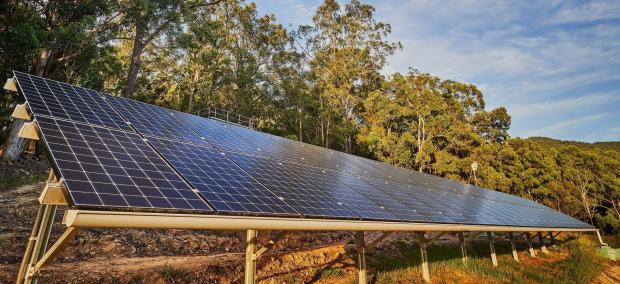
Breaking News
 BEHIND THE DEEP STATE | The War on Farms
BEHIND THE DEEP STATE | The War on Farms
 The 3 Reasons Behind US Plot to Depose Venezuela's Maduro – Video #254
The 3 Reasons Behind US Plot to Depose Venezuela's Maduro – Video #254
 Evangelicals and the Veneration of Israel
Evangelicals and the Veneration of Israel
 Zohran Mamdani's Socialist Recipe for Economic Destruction
Zohran Mamdani's Socialist Recipe for Economic Destruction
Top Tech News
 Goodbye, Cavities? Scientists Just Found a Way to Regrow Tooth Enamel
Goodbye, Cavities? Scientists Just Found a Way to Regrow Tooth Enamel
 Scientists Say They've Figured Out How to Transcribe Your Thoughts From an MRI Scan
Scientists Say They've Figured Out How to Transcribe Your Thoughts From an MRI Scan
 SanDisk stuffed 1 TB of storage into the smallest Type-C thumb drive ever
SanDisk stuffed 1 TB of storage into the smallest Type-C thumb drive ever
 Calling Dr. Grok. Can AI Do Better than Your Primary Physician?
Calling Dr. Grok. Can AI Do Better than Your Primary Physician?
 HUGE 32kWh LiFePO4 DIY Battery w/ 628Ah Cells! 90 Minute Build
HUGE 32kWh LiFePO4 DIY Battery w/ 628Ah Cells! 90 Minute Build
 What Has Bitcoin Become 17 Years After Satoshi Nakamoto Published The Whitepaper?
What Has Bitcoin Become 17 Years After Satoshi Nakamoto Published The Whitepaper?
 Japan just injected artificial blood into a human. No blood type needed. No refrigeration.
Japan just injected artificial blood into a human. No blood type needed. No refrigeration.
 The 6 Best LLM Tools To Run Models Locally
The 6 Best LLM Tools To Run Models Locally
 Testing My First Sodium-Ion Solar Battery
Testing My First Sodium-Ion Solar Battery
 A man once paralyzed from the waist down now stands on his own, not with machines or wires,...
A man once paralyzed from the waist down now stands on his own, not with machines or wires,...
Can Solar Alone Get You Off The Grid?

The answer to this question is "yes," but keep reading if you want more details.
Using solar to go off grid is a fantastic way to go. You'll need to keep the following in mind throughout the process:
1. Cloudy days are fine. Let's first dispel the myth that you need every day to be sunny to go solar. Solar panels do, in fact, work in foggy or overcast days with ambient light and will produce significant power in those times as well. As a matter of fact, solar panels can work just as well in cool weather as in hot weather.
As an example: Solar panels in Sacramento, California, only produce one percent more electricity than do the exact same panels in San Francisco, California. Sacramento is known for its hot sunny days while San Francisco is known for its foggy, overcast, cooler climate.
2. Monitor your electricity usage. The average American home uses 911 KWHs of electricity each month. Some states are higher and some lower. But, 911 is the average. Louisiana is the highest with 1,291 KWHs and Hawaii the lowest with 506 KWHs of electrical energy usage average per household.
We all use more electricity than we need, so consider cutting back. But there are solar system calculators that you can use to ensure you're getting enough power. Having a little more than you need is far better than not having enough.
3. Off the grid or grid-tied? Many don't fully understand how grid-connect systems work. With a grid-connect system, you don't have power storage batteries. You generate power, use what you need and deliver the rest to the grid.



